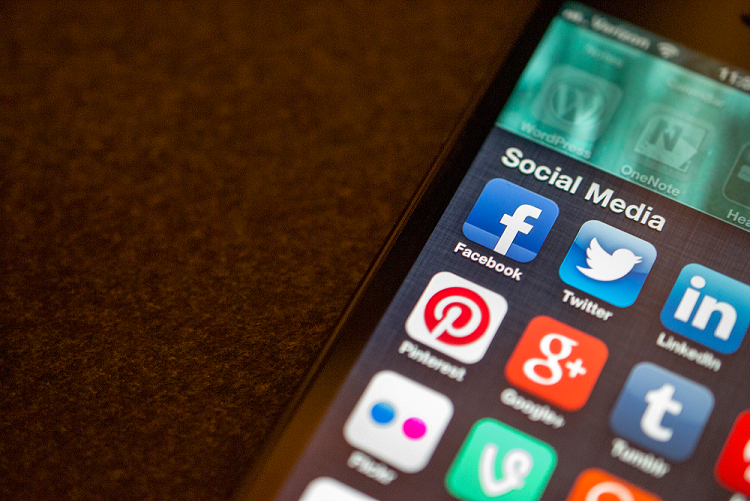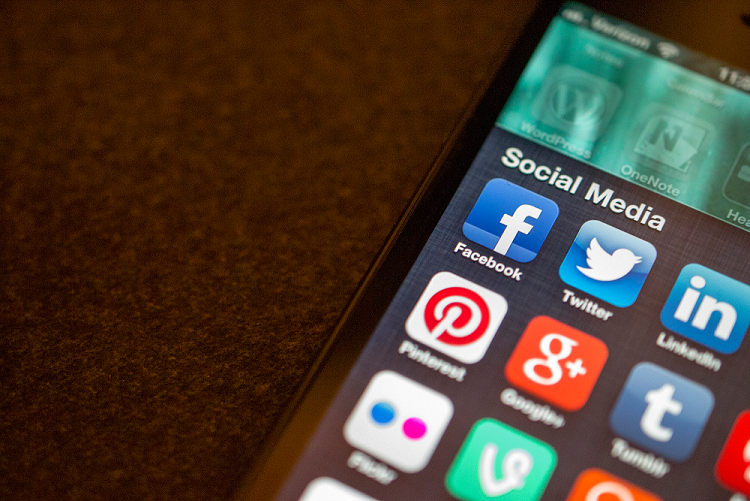Dark social sounds super mysterious and exciting—it makes me think of spies, CatWoman, and James Bond movies. In reality, dark social is just another web term for any traffic that is not attributed to a known source, like a social network or a Google search.
If you check out your website analytics, you will often be able to see where your visitors are coming from, thanks to a handy little detail called UTM codes: 500 from Facebook, 200 from Twitter, 100 from Instagram, 50 from a blog post that references your company. The rest of that traffic can appear as “direct” traffic, even though you are 99% sure nobody typed in “www.socialmediacontractors.com/service/contact-us-blog!$3$5” to their tool bar. (Not a real link, but you get the idea.)
So, where is this dark social coming from? According to Hootsuite, “dark social links don’t contain referrer data. Common examples of dark social include links copied and pasted into emails or instant messages, or shared via text messages—all methods that don’t automatically attach any tracking tags, unless the shared link was copied with the tag included (for example, if I were to copy the URL of an article that I originally found on Twitter, including the UTM code attached to it).”
In other words, even if you think you have got a nice firm grip on your analytics, you might not. In this article for the Atlantic, Alex Madrigal found that almost 69% of social referrals were dark, and Facebook came in second at 20%. In other words, “the only real way to optimize for social spread is in the nature of the content itself. There’s no way to game email or people’s instant messages. There’s no power users you can contact. There’s no algorithms to understand. This is pure social, uncut.”
And even more recently, Madrigal found that the explosion of mobile devices, particularly Facebook for Mobile, has made dark social even more poignant: Facebook Mobile does not add UTM codes, so if you think you have a handle on your Facebook-to-website traffic, you might not. Chartbeat, an analytics platform, told Madrigal that today, dark social accounts for a third of external traffic to sites across the network, and that number is dramatically higher on mobile. Half the traffic does not have a point of origin.
Social Media Today has shared a few ways that (theoretically) you can more accurately nail down your dark social— how many people are really sharing that link, and how many customers is Facebook really driving to your website? However, I am not sure that the takeaway here should be BETTER, MORE SPECIFIC ANALYTICS.
Rather, think of dark social as the place where interesting content is really being shared in ways that people utilize every day: by text, email, or Gchat, for example. Find where your most “direct traffic” is coming from, and use that as an indicator of the type of content you should be producing. Even if you do not know where it is coming from, it is the most uncut and organic way to see what is working for you.
So although it is not as exciting as James Bond or CatWoman, the idea of dark social should be an inspiring one.
Image credit: CC by Jason Howie




